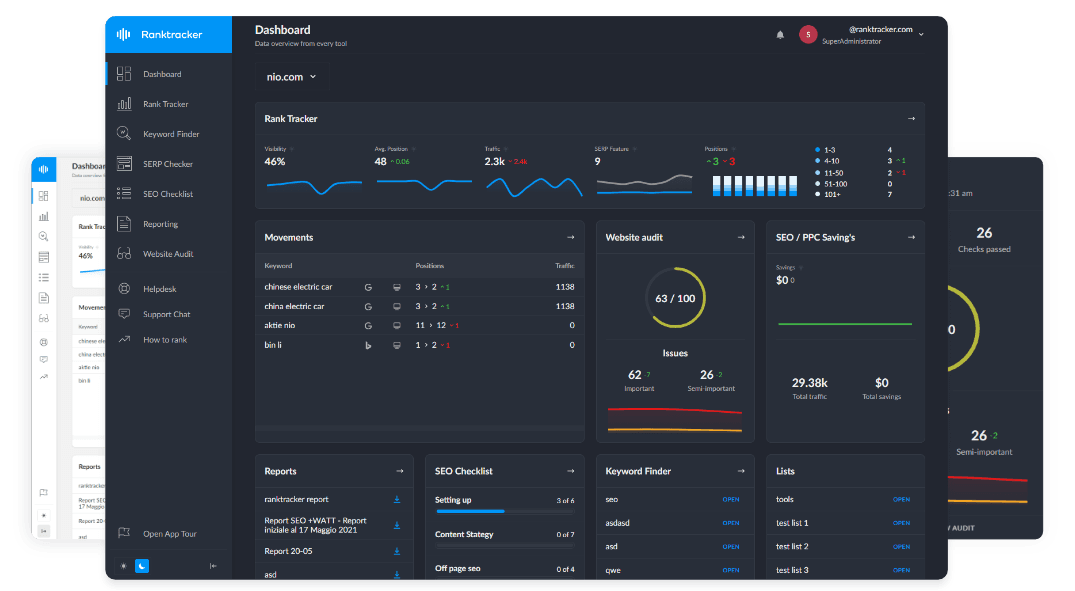Intro
In 2025, inboxes are overflowing with emails offering “guest posts,” “link exchanges,” and “collaborations”—but not all outreach is legitimate. With AI-generated templates, fake personas, and cloned domains becoming more common, identifying scammy link outreach is a crucial skill for any SEO or site owner.
Here’s how to quickly spot a fake outreach email before you waste time—or worse, damage your domain.
1. Generic Intros and Flattery
Fake outreach often uses cookie-cutter openers like:
-
“I came across your blog and loved your recent article…”
-
“You have such amazing content…”
-
“Your website is a true authority in your niche…”
These are rarely specific and are used across thousands of emails.
✅ Real outreach mentions a specific post, point, or insight from your site.
2. No Real Identity Behind the Name
Check the sender’s email address, name, and signature. Common signs of fakes:
-
Gmail or Outlook address instead of a branded domain
-
No LinkedIn or online presence
-
Photos stolen from stock libraries
-
Fake company names or websites under construction
✅ Do a reverse image and email search. Use LinkedIn to check if the person actually works in SEO or PR.
3. Suspicious Domain or Website
Scammers often claim to represent “authority blogs” that are actually:
-
Expired domains brought back to sell links
-
Sites with fake metrics but no traffic
-
Blogs that post dozens of guest articles per day
✅ Use Ranktracker’s Backlink Checker to review the referring domain: real traffic, indexed status, and link quality.
4. Overly Eager to Pay for Links
Legit outreach focuses on content or partnership value—not upfront money.
Fake emails may say:
-
“We’re happy to pay $100–$200 for a link in an existing post.”
-
“We want to publish a paid guest post—no problem.”
-
“We’re ready to pay immediately via PayPal.”
✅ Be cautious of anyone offering money first without vetting your site.
5. Vague Guest Post Proposals
Fake guest post pitches tend to include:
-
No topic suggestions
-
No writing samples or links to past work
-
Pushy requests to link to a specific anchor/text
✅ Ask for writing samples, links to previously published work, and a clear idea of what they want to contribute.
6. Inconsistent Language or Typos
Even if AI helps generate them, fake outreach often has:
-
Awkward grammar
-
Mixed spelling (e.g., “optimization” and “optimisation”)
-
Capitalization errors in brand or URL mentions
✅ Trust your gut—if the email reads like spam, it probably is.
7. No Clear Benefit to You
Scammers want a link or guest post but offer nothing valuable in return.
✅ Real outreach usually includes:
-
A relevant niche connection
-
Quality content ideas
-
Potential for collaboration or exposure
How to Stay Safe
-
Don’t reply until you verify the sender
-
Check their domain’s SEO health using Ranktracker
-
Monitor new links with Ranktracker’s Backlink Monitor
-
Avoid link swaps or low-relevance guest posts
-
Report abuse if you're getting flooded by spam requests
Final Thoughts
Fake outreach is evolving fast in 2025—but so are your defenses. With smart vetting, a skeptical eye, and tools like Ranktracker, you can protect your site from shady backlinks and poor partnerships.
When in doubt: verify, monitor, and build links the right way.

